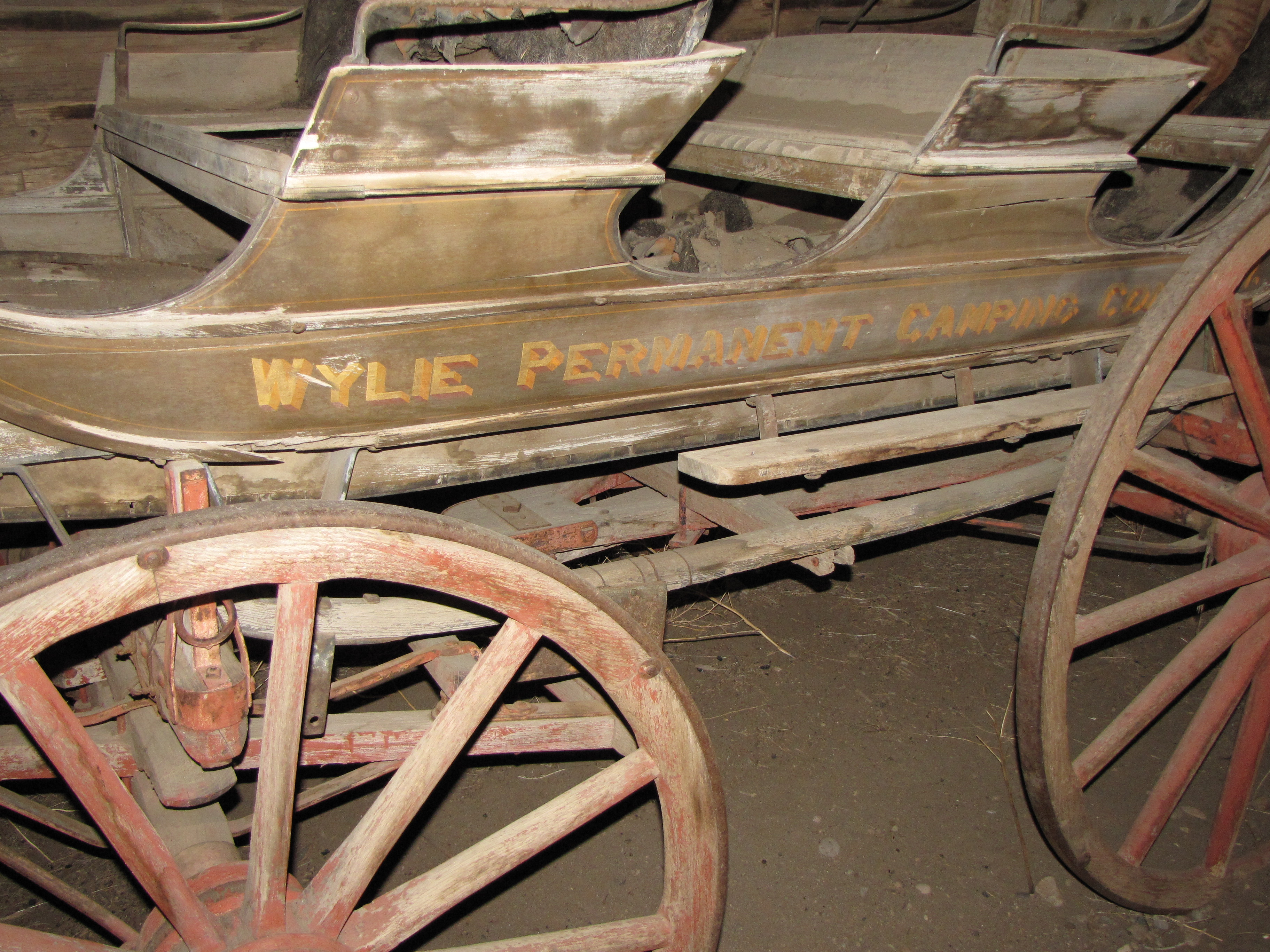Who are you? I realize this might sound like a strange way to start this week's blog but it's the first thing I subliminally ask a set of wheels I've never seen before. I want to know everything about it and I almost always learn something from the exercise of close examination. It's the same question that other serious enthusiasts ask and one that Rawhide Johnson of Cody, Wyoming has regularly applied to Yellowstone stages.
A long-time rancher, collector, craftsman, and stagecoach historian, Rawhide has restored a number of wagons and stages. His expertise has put him on the governing boards of several museums and he's also known for his quality restoration work that can be seen in a number of collections, including those showcased at the Yellowstone Historic Center and also the Buffalo Bill Center of the West.
A few months ago, Rawhide reached out to share the story of the May Flower. This isn't a reference to the ship carrying Pilgrims to the New World. Rather, this is a wood-wheeled, dry land ship built to ferry wide-eyed visitors into an incredibly diverse and visually inspiring kingdom...Yellowstone Park.
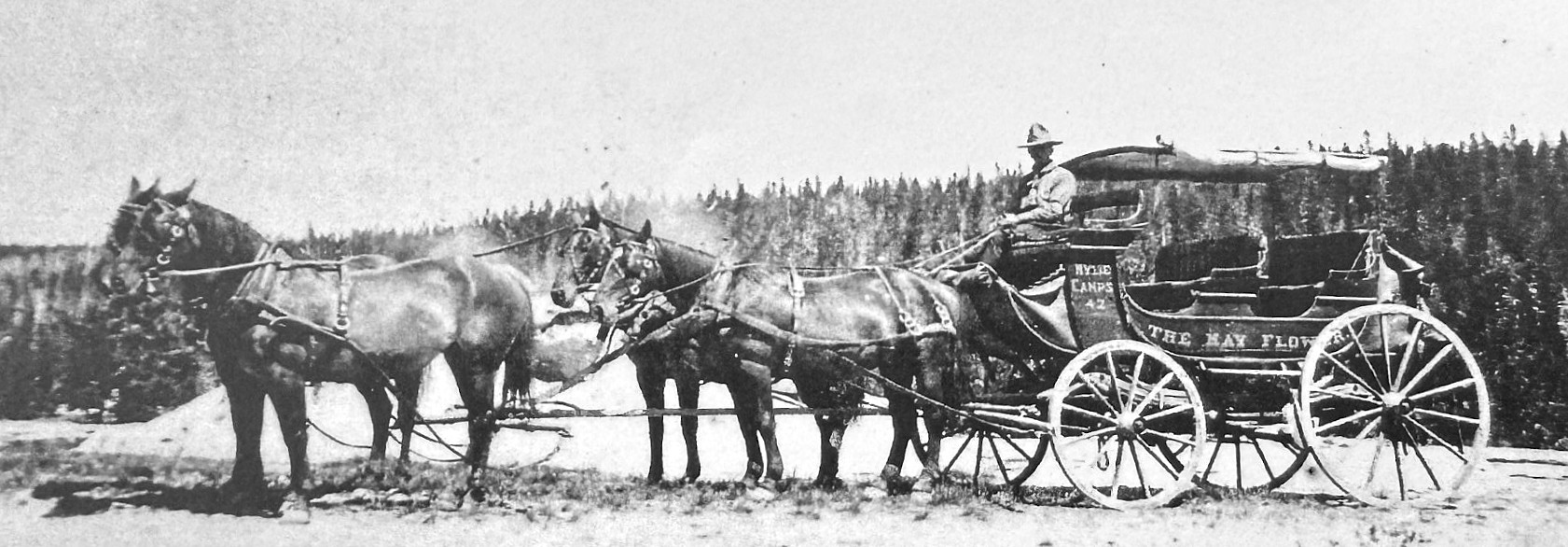
Below is information that Rawhide has gathered on the old stage. It includes details from noted Yellowstone historian, Lee Whittlesey, as well as a few additional images and particulars from our Wheels That Won The West® Archives...
The May Flower is one of the earliest Yellowstone stagecoaches ordered from the Abbot-Downing Company of Concord, New Hampshire.These vehicles were designed specifically for the transportation of visitors through Yellowstone National Park during the park's stagecoach era (1883-1916). The designs reflect modifications to the Concord-body style coaches that made them unique to early stage-operated tourism.
In 1883, stagecoach transportation owner/operator George W.Wakefield established a verbal contract with Carroll Hobart of the Yellowstone National Park Improvement Company to transport tourists from the train at Cinnabar, Montana to Mammoth Hot Springs and throughout Yellowstone National Park. He utilized existing wagons, buggies, and coaches from his stagecoach and freighting line for a couple of years before he ordered special Concord coaches from the Abbot Downing Company. His requested a coach style, which became known as the Yellowstone Wagon with a redesigned seating configuration that allowed all passengers to face forward so they could view the sights and scenes ahead of them while touring the park. Historians believe Wakefield's initial order was placed in 1885 and consisted of at least three new, five-passenger coaches - the Queen, Big Horn, and May Flower. In 1889 he sold his entire inventory to the Yellowstone Park Association.
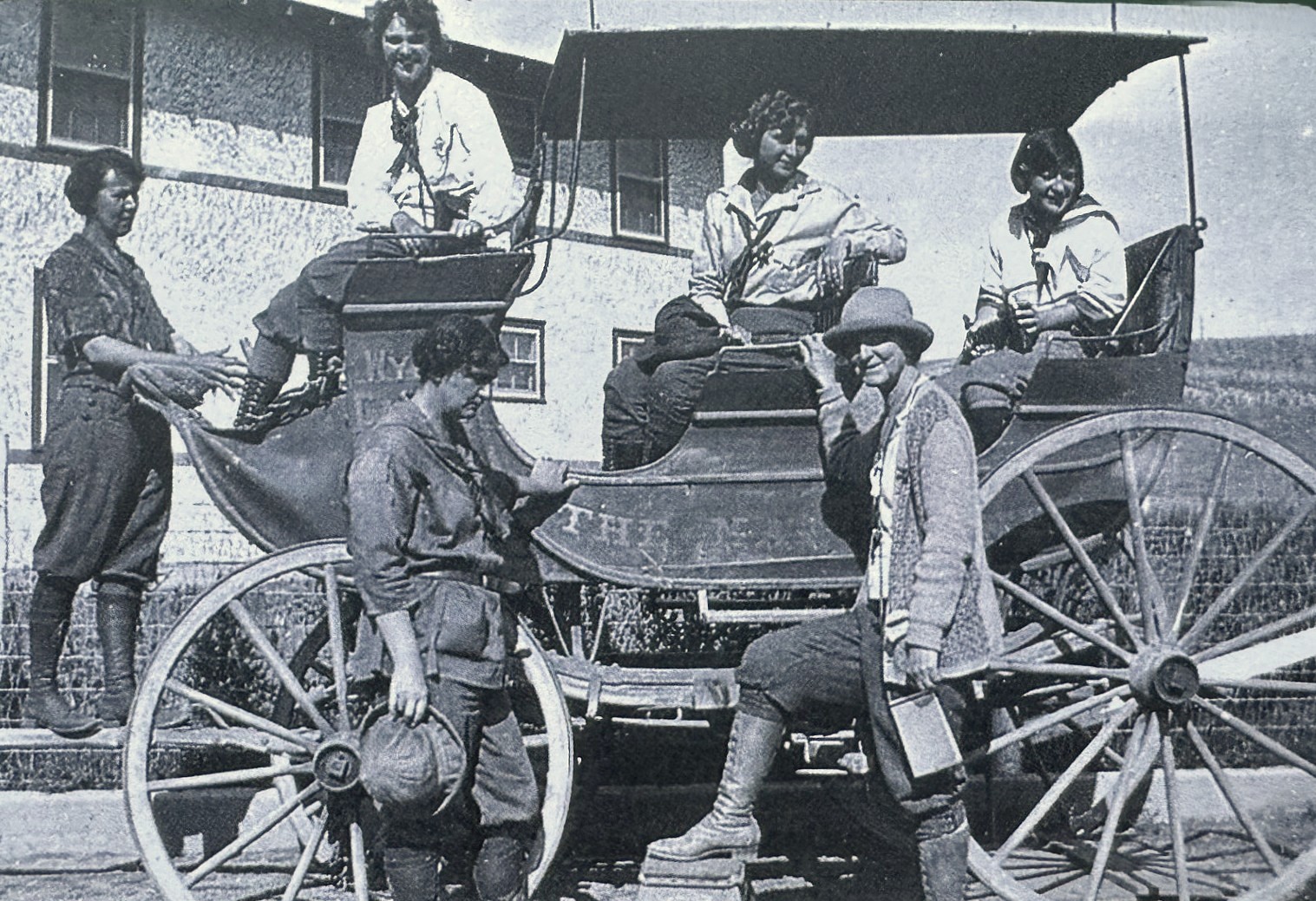
The May Flower image Courtesy of Rawhide Johnson.
By the 1890s, William Wallace Wylie had expanded his camping company and was vying for permission to turn his transient operation into permanent camps. Just when Wylie purchased the May Flower is unknown. There is a photograph in the Museum of the Yellowstone collections of the May Flower with Wylie Camping Co. painted on the driver's box around 1900.
The May Flower received a new running gear, number 17552, sometime between 1890 and 1892 based on the database of collected order/serial numbers to date. Shortly after motorized transportation took over Yellowstone roads in1917, the May Flower received a new home at the Burlington Inn, located adjacent to the Cody, Wyoming train depot. There, it was used to promote tourism to Yellowstone by providing a photo opportunity for those arriving in Cody by train. Some Yellowstone historians believe Tex Holm's association with the Valley Ranch, where the Queen and Big Horn ended up after 1917, served as an influential connection that brought the three original coaches to the eastern side of the park.

Image Courtesy of Rawhide Johnson.
The Burlington Inn closed in 1956. However, The May Flower stage remained on the site until the early 1960s when Old Trail Town's owner, Bob Edgar, picked it up to add to his collection. He displayed The May Flower at his popular frontier town in Cody, Wyoming until October 2023 when Rawhide Johnson acquired it and began to restore the historic piece. Because it had sat outside for several decades exposed to Wyoming's blustery winds, glaring sun, pelting rain, and heavy snow, the coach body deteriorated to the point that it needed total restoration. The running gear remains original to the 1890-1892 replacement.
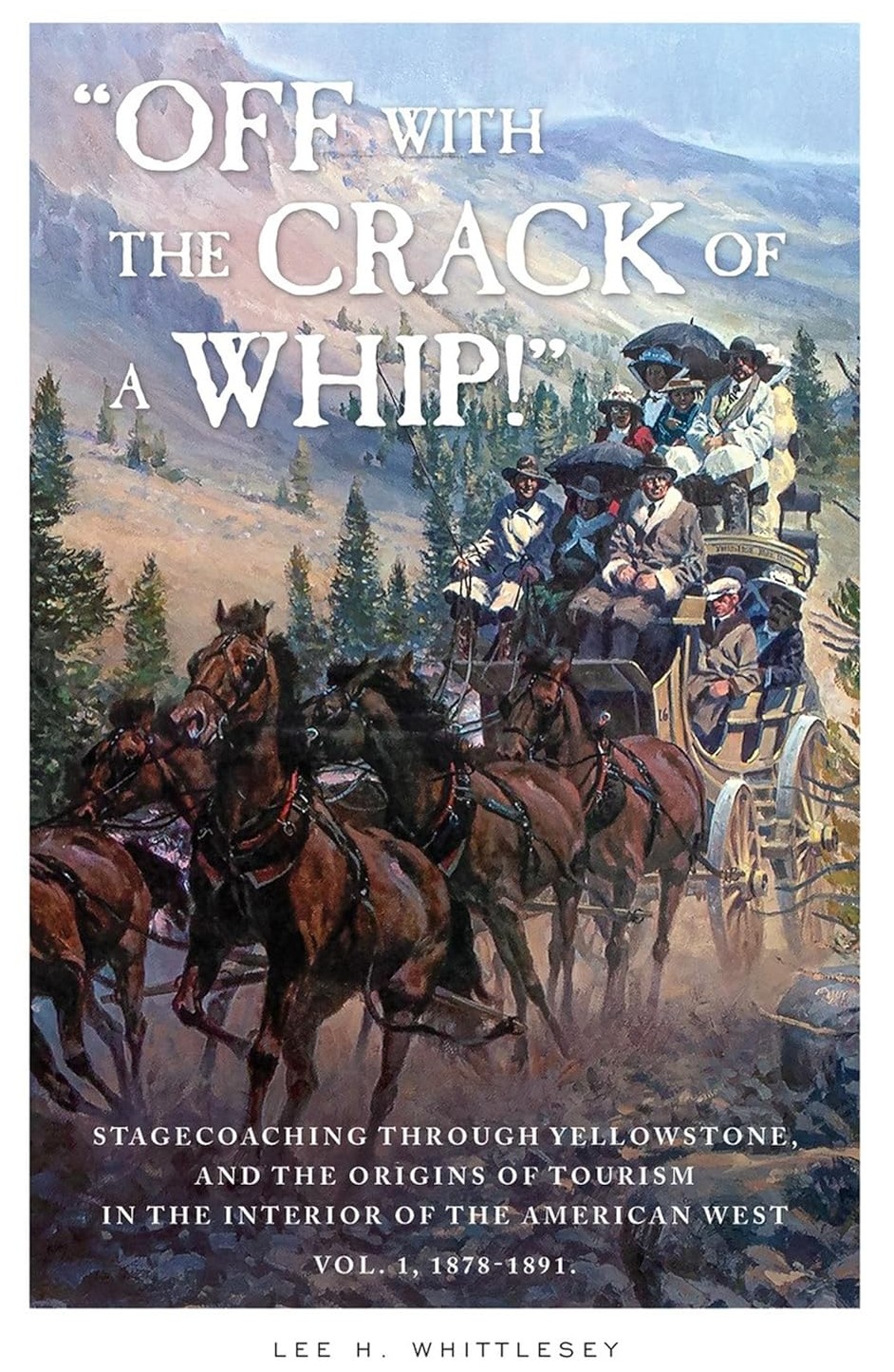
Additional Yellowstone staging details from the book, "Off with the Crack of a Whip," by Lee Whittlesey include...
Wakefield and Hoffman ordered the very first Yellowstone style coaches from Abbot and Downing Company in late 1885 for $375.00 each. They didn't arrive until 1886 to start work.
Wakefield was a successful early businessman in Bozeman with interests in staging, hotels, banking, and livery stables.
The first three, 5-passenger coaches were named Queen, Big Horn, and The May Flower. The May Flower received a different running gear (undercarriage) sometime before 1917. That later running gear has a serial number of 17552, made circa 1892-93.
In December of 1885, Hoffman sold his share to F.J. Haynes and then in August of 1886 sold his share to Wakefield.
Wakefield sold 70 percent of his inventory to the Yellowstone Park Association Stage Line in 1889 and then the rest of the inventory to S.S. Huntley and Harry Child on May 6, 1892.
Somewhere along the line, Wylie Camping Company bought the May Flower and then the Wylie Camping Company ultimately sold out to A.W. Miles in 1905.
Hiram Chittenden didn't start building road and bridges in the park until 1891, so coaches took a real beating up to that time.
The May Flower came to the Burlington Inn at Cody after 1917 and was there until Bob Edgar acquired it for Old Trail Town Museum (Cody, WY) in the 1960s, where it was until October 2023.
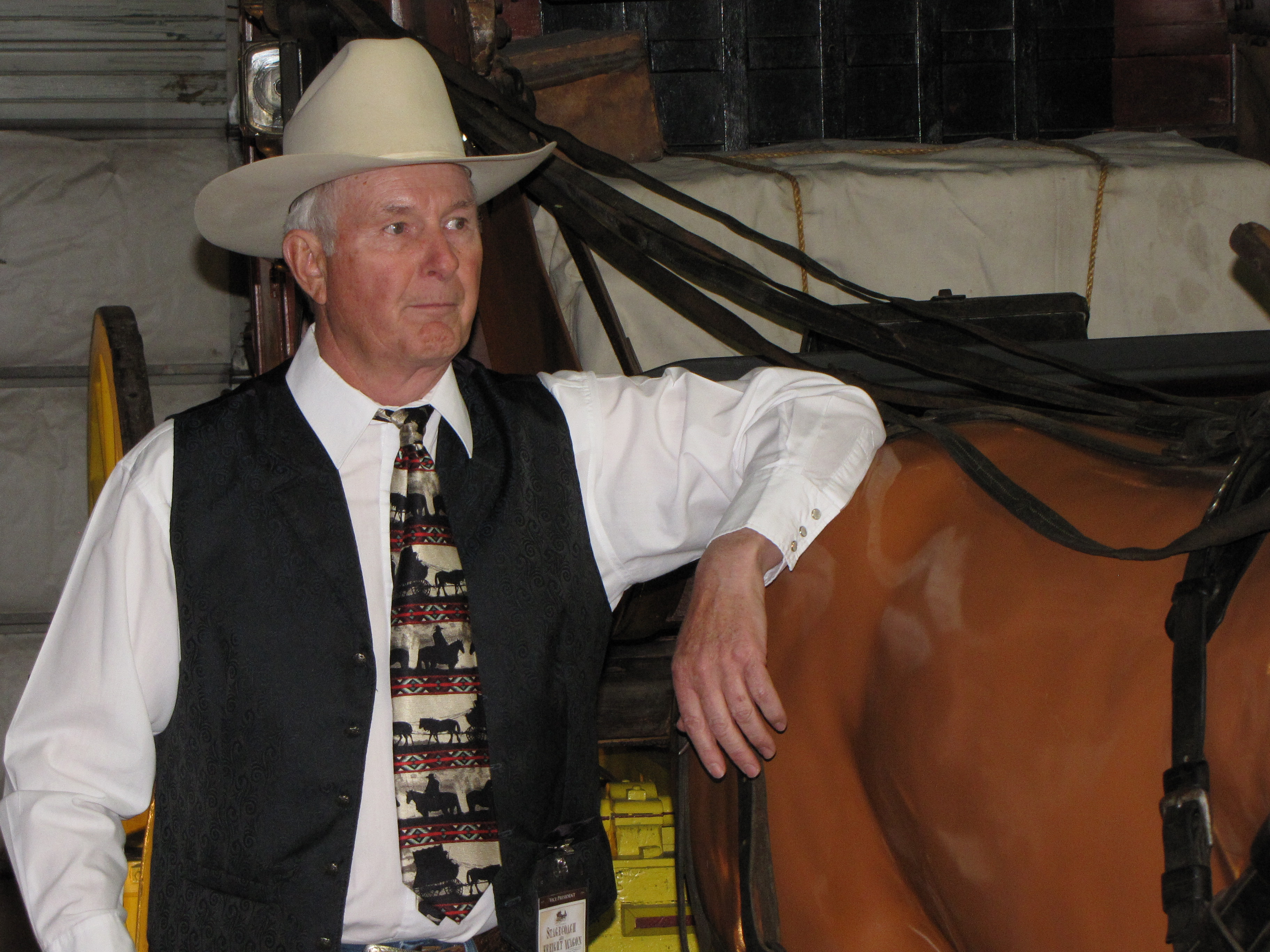
Rawhide Johnson sharing early staging details during an event in Cody, Wyoming. Image copyright David Sneed.
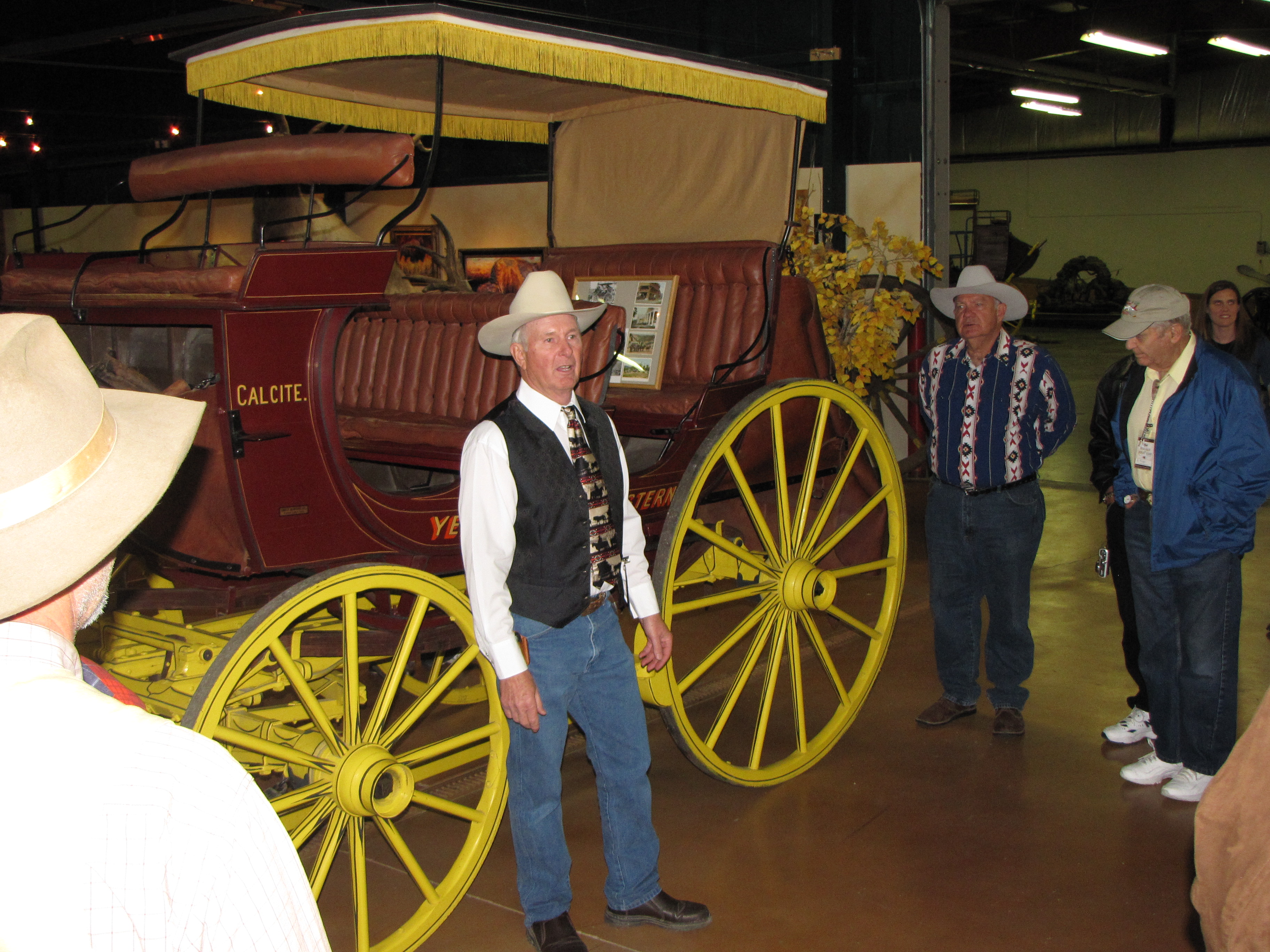
Hats off to Rawhide Johnson for the diligent research and recognition of such a rare part of our past. It's always encouraging to see western history identified, acknowledged, and preserved for future generations. Suffering under the constant pressure of weather and neglect, The May Flower sat unnoticed and all-but-forgotten for decades. Now its revival stands as a testimony to the power of perseverance and The Lasting Legacy of Yellowstone. WTWTW
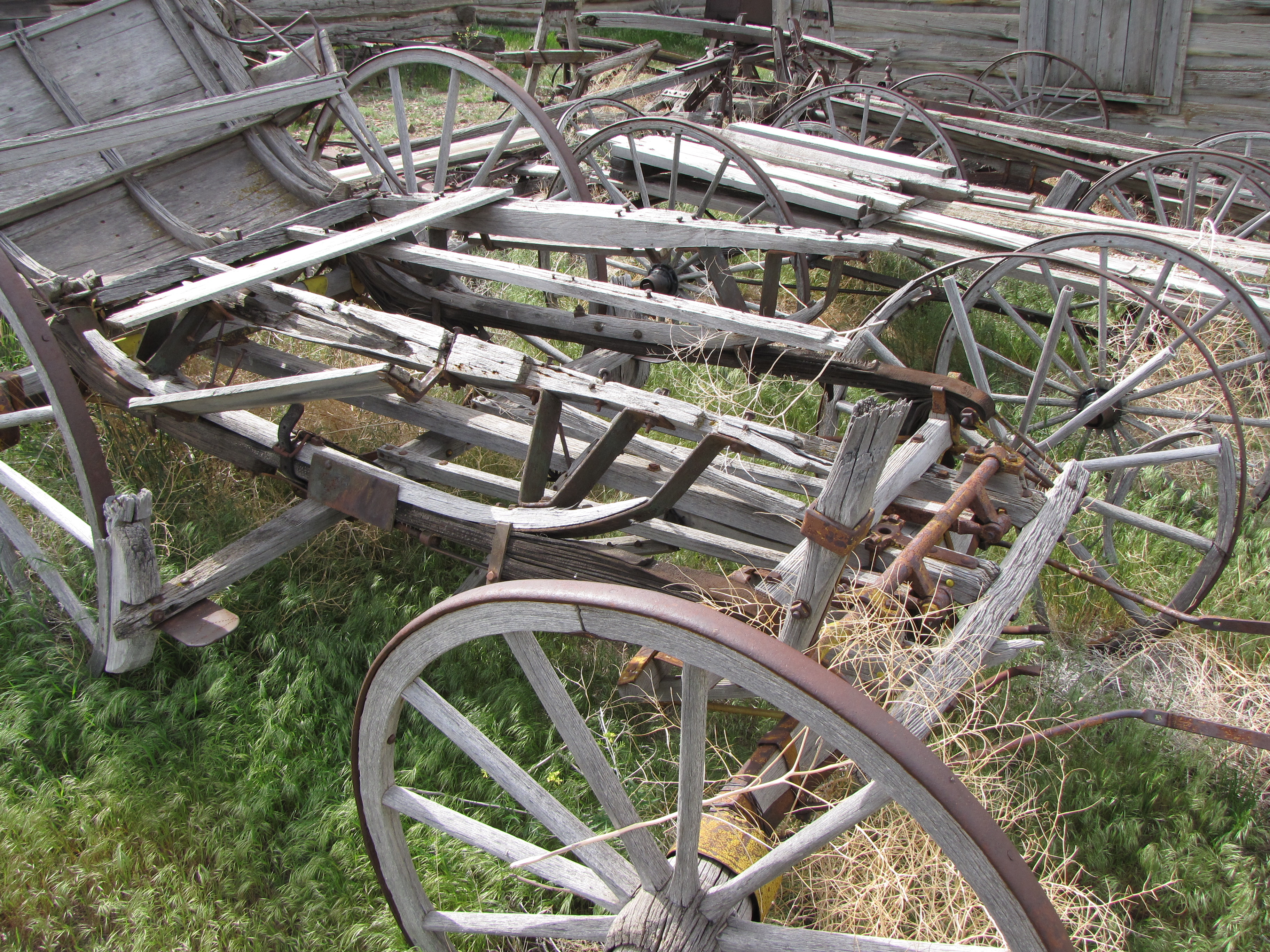
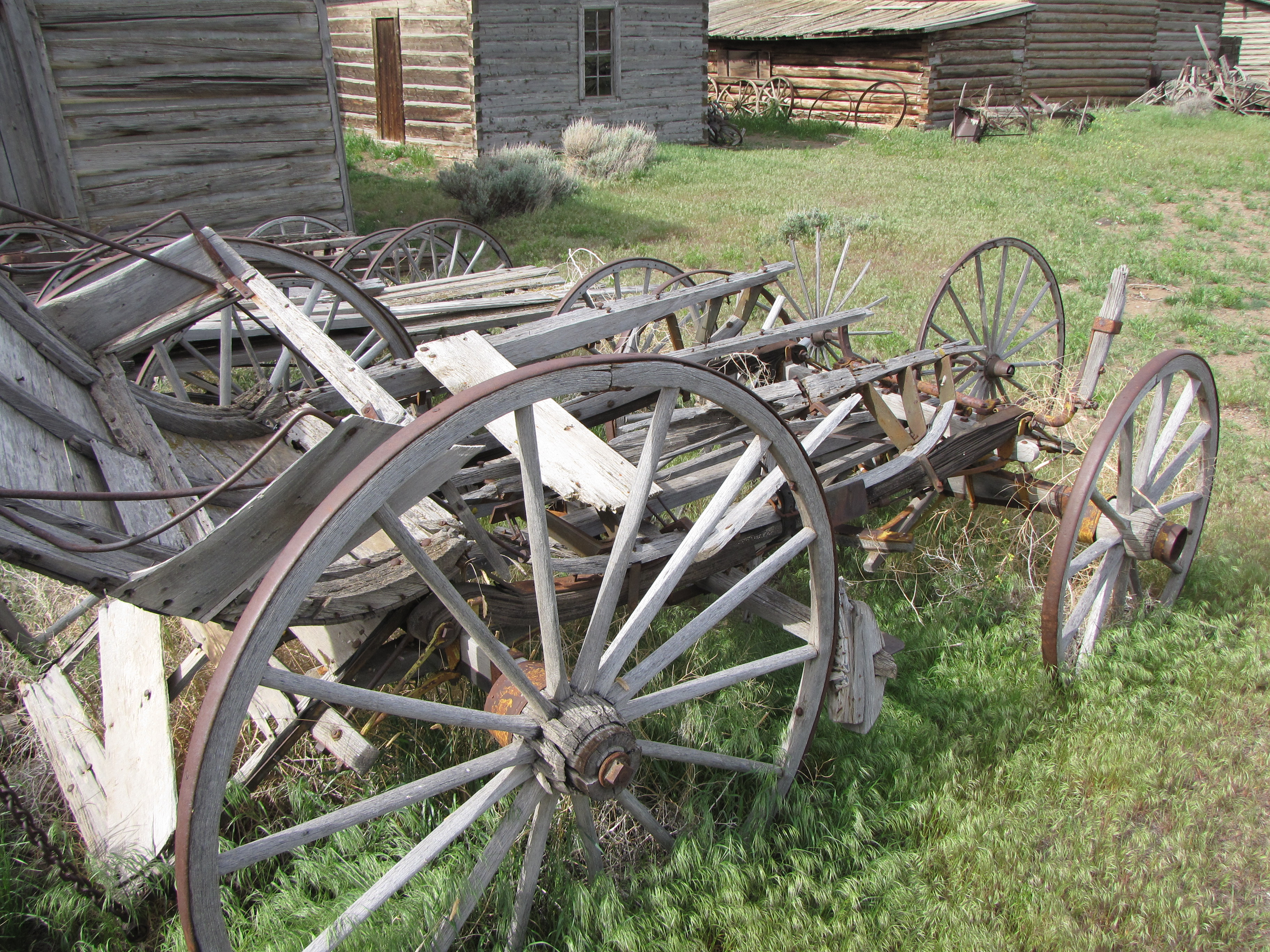
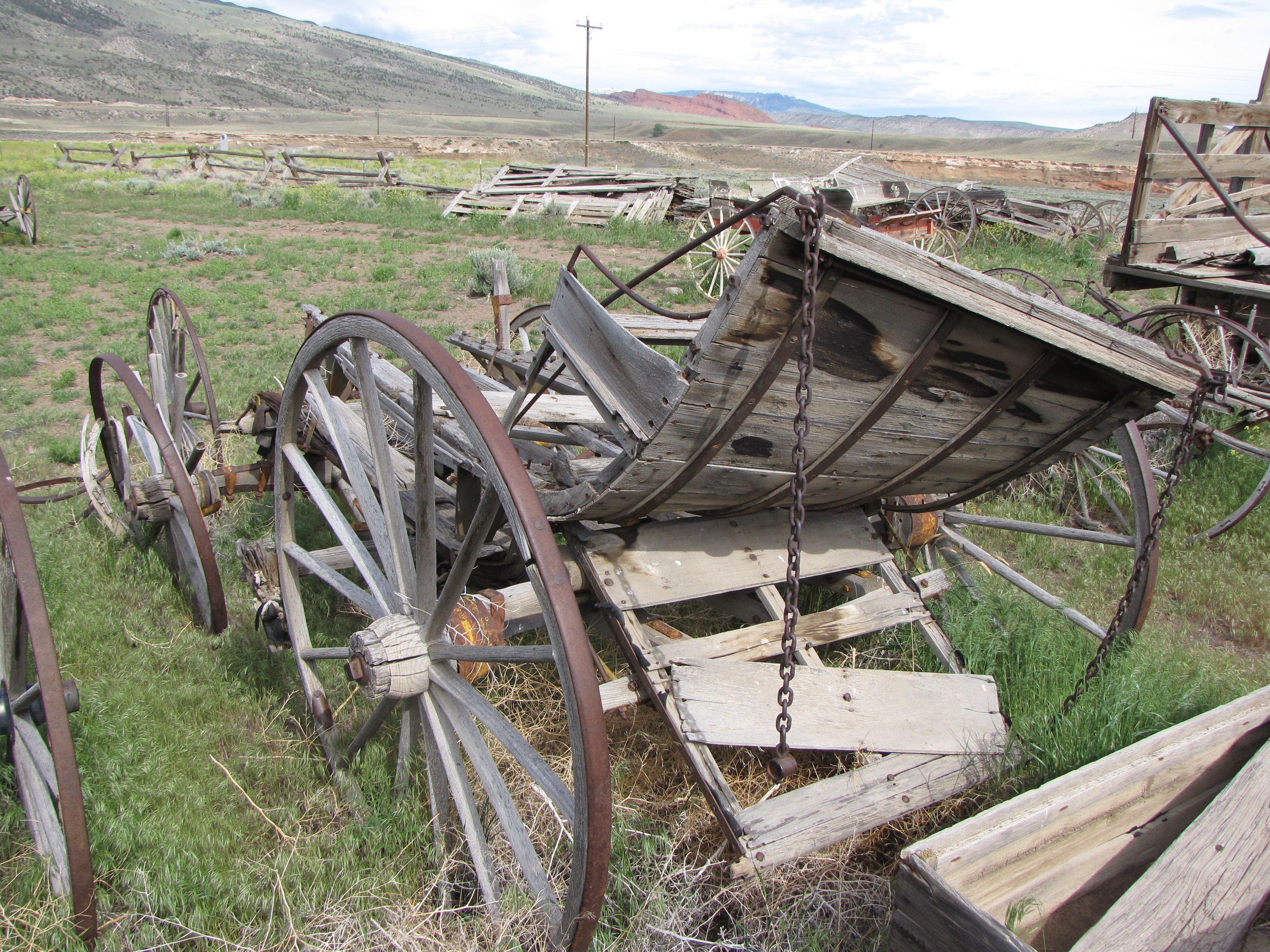
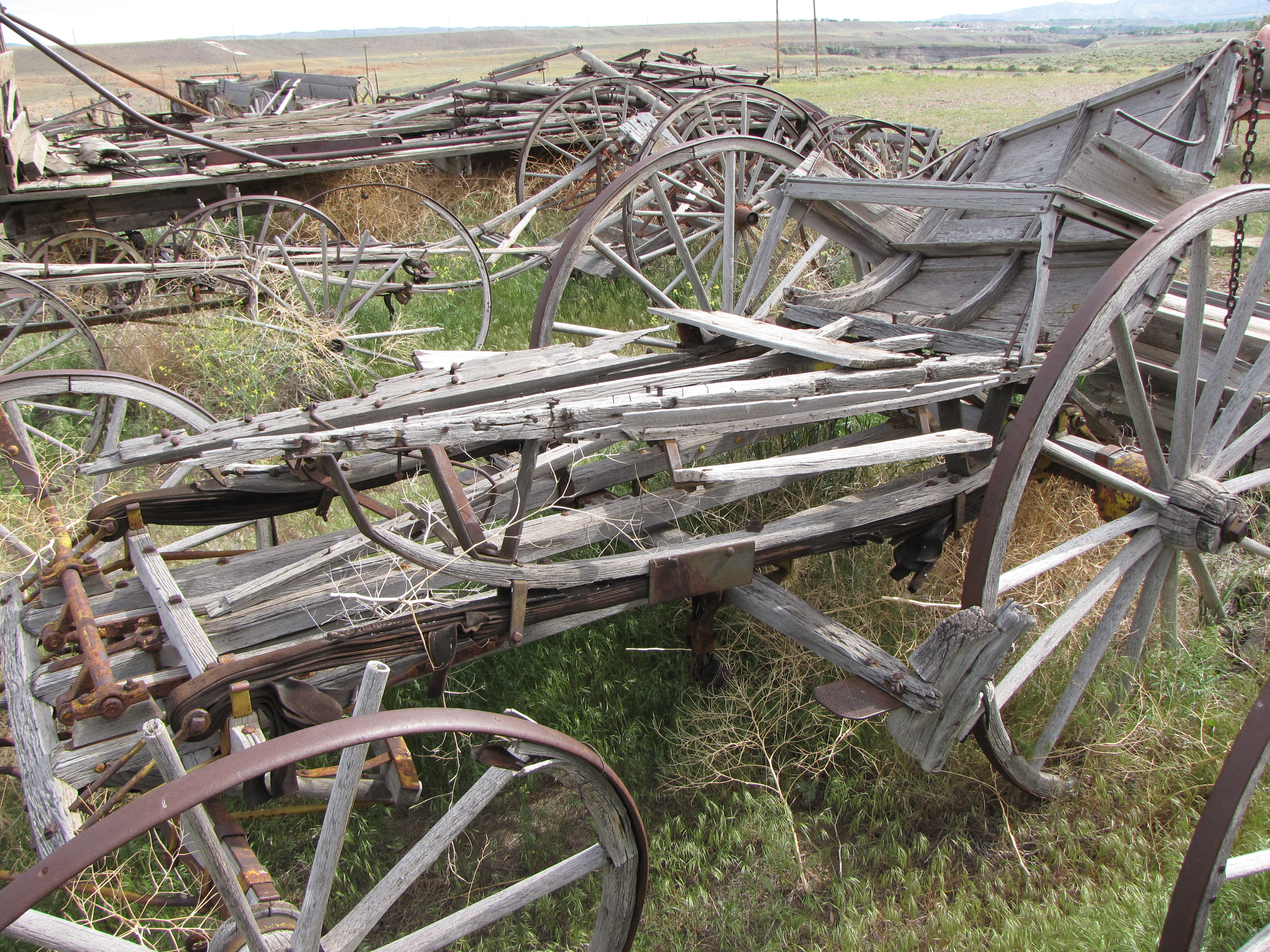
The images immediately above show the condition of The May Flower when I viewed it in Cody, Wyoming years ago. Images copyright David Sneed.
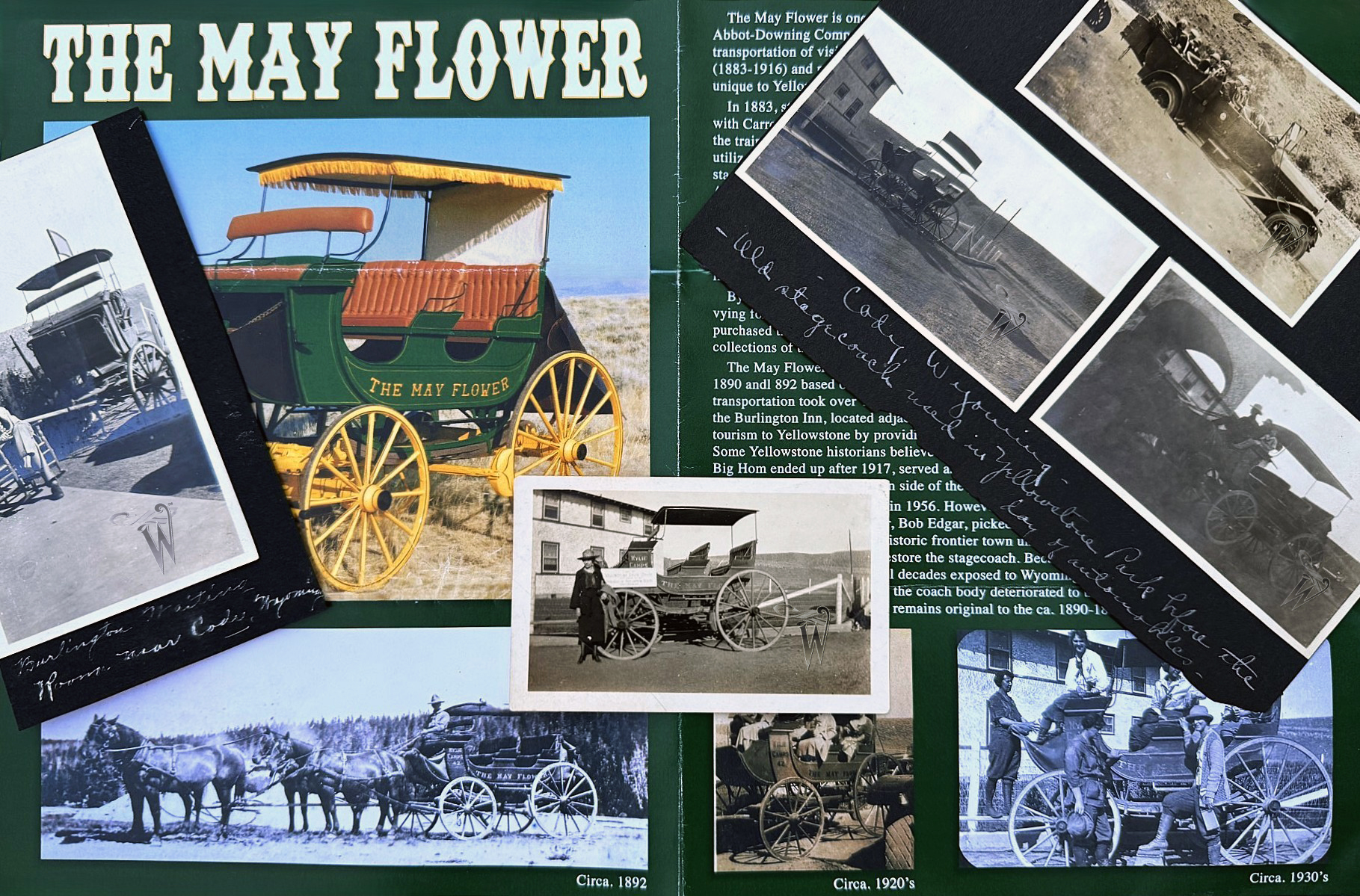
The above flyer from Rawhide Johnson is overlaid with several additional May Flower images from the Wheels That Won The West® collection.
Ps. 20:7
